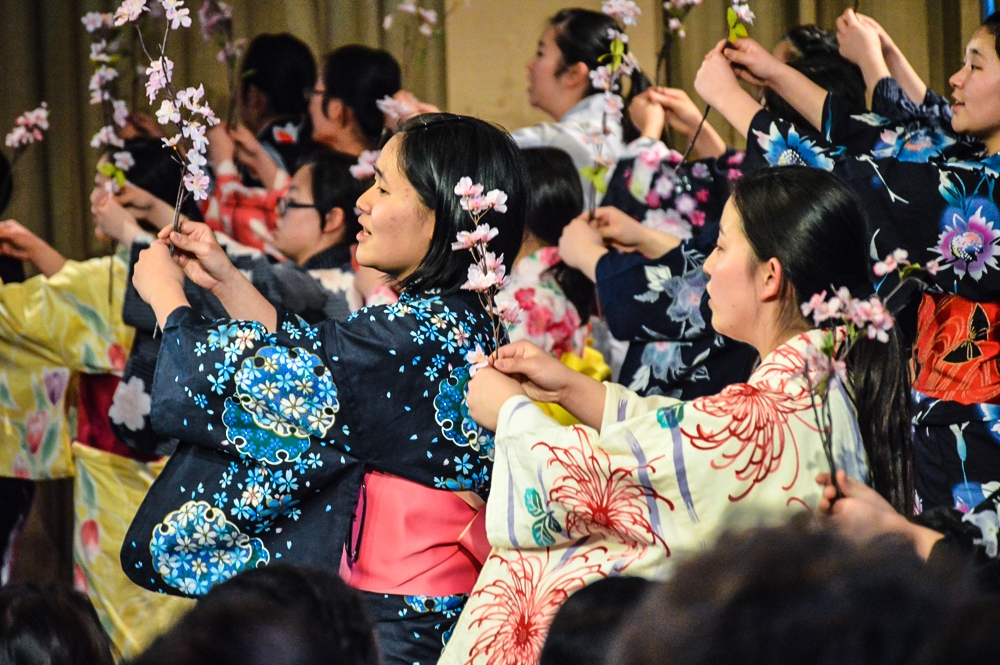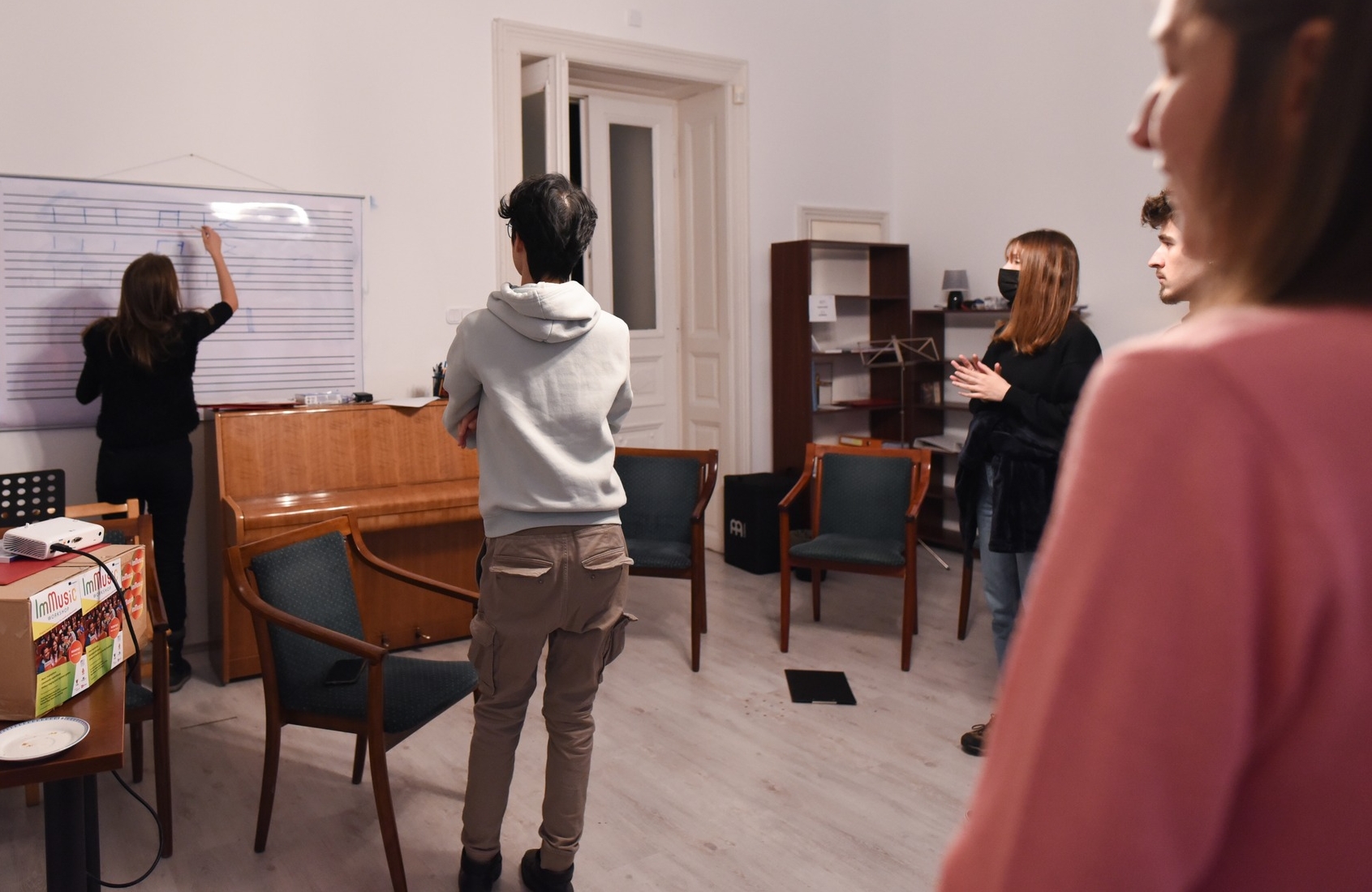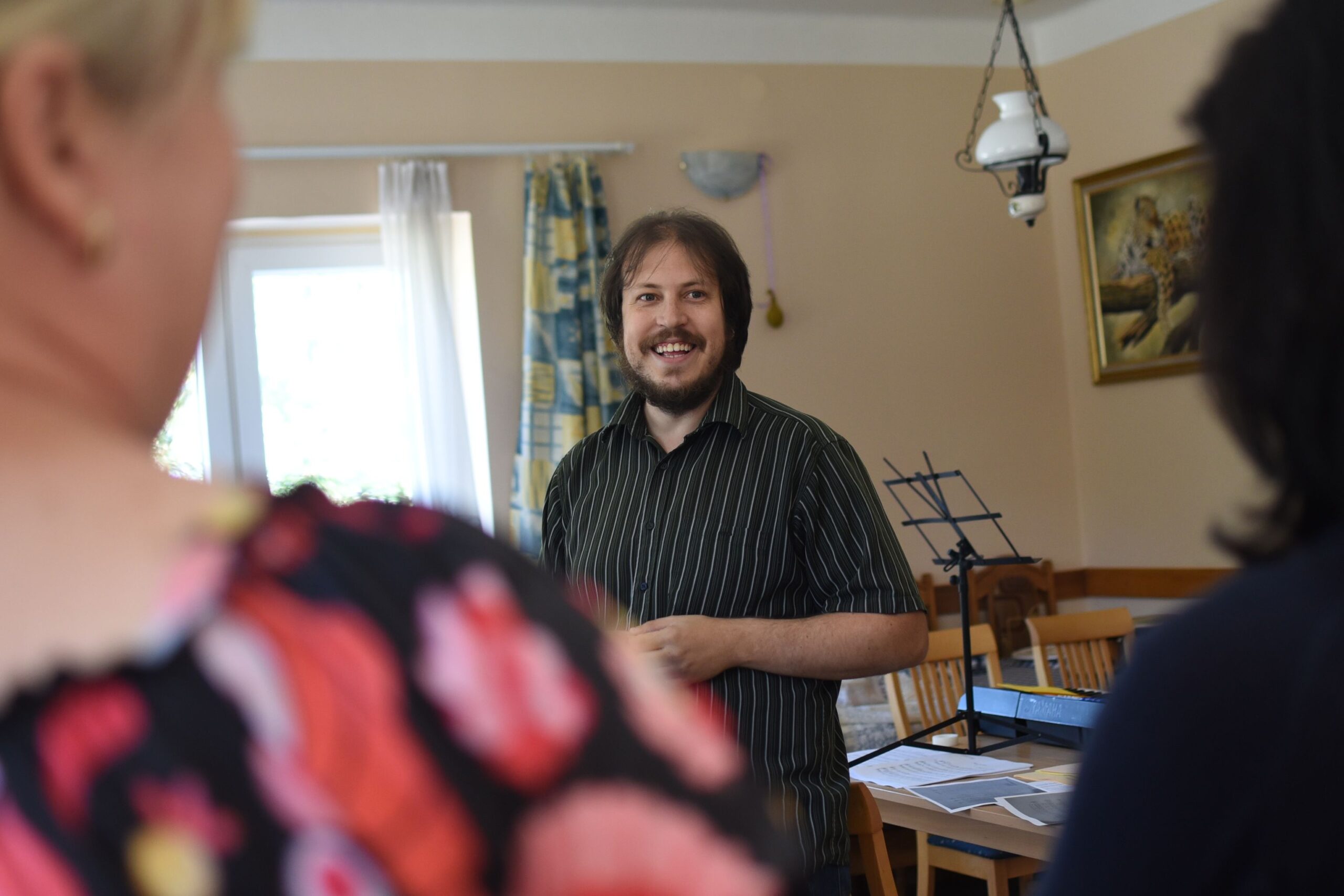Echo Game
11

Category
vocal
rhythm
Age
10+
Number of participants
10-20
Duration
approx. 40 min.
Working method
group work
Musical abilities of the trainers
1 2 3 4 5 6
Equipment and instruments
- music player / app to play the song
- optional: percussion instruments
Competences
- learning and memory skill
- cultural sensitivity
- collaboration
- attention
- concentration
- rhythm recognition
Echo Game
Playful learning of a Japanese children’s song with a possible interpretation with echoing sounds, movements
AIM
The well-known Japanese children’s song offers the participants simple and easy-to-learn singing. Echo play processing requires attention and concentration and creates a special atmosphere, especially with adding instruments (drum), movements or play with lights.
Description
- The facilitator talks about the significance of children’s songs in music and poetry in everyday life and in general. After that they listen to the song in Japanese.
- Facilitator shares the translation of the Japanese text.
- The group sings the song while listening to the recording, they practise till they know the melody with confidence.
- The group can try to sing the melody in canon as signed in score (Version 1, Version 2).In version 1, we divide the team into two groups. Thus, the two groups sing the same melody, only shifted in time. The first group starts singing the melody and when they get to number 2, the second group starts over.
The version 2 is much more difficult, there we divide the team into three groups, and they sing the melody by directly entering one after the other.
Simple echo game:
Facilitator starts the eco game with the group: first participants form 2 groups and they stand opposite to each other, not close to each other. On the facilitator’s signal the first group starts to say “ho” or “ho-ho” or “ho-ho-ho” and the other group echo’s this. This game can be combined with movement, drums or flashing lights (this work better in the evening).
Lyrics
Ho ho hotaru koi
atchi-no mizu-wa nigai-zo
kotchi-no mizu-wa amai-zo
ho ho hotaru koi
Translation – Come Firefly
Fly, fly, firefly, come
The water over there tastes bitter
The water over here tastes sweeter
Fly, fly, firefly, come







Recent Comments